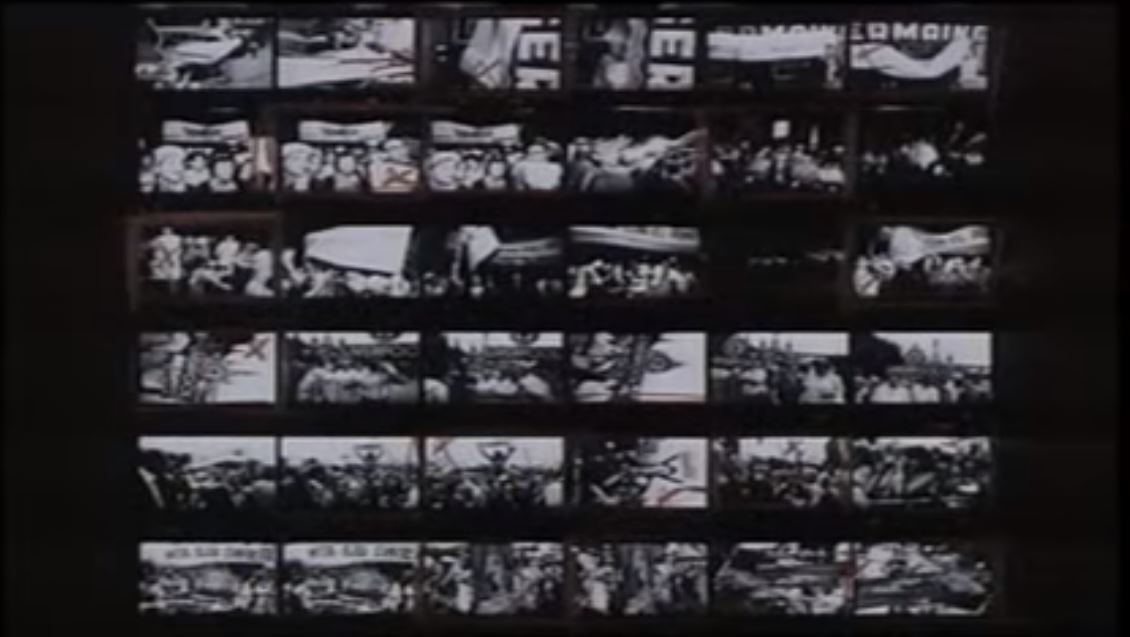Last Updated on 06/10/2018 by Mark Beckenbach
If you’ve ever wondered about what’s in William Klein’s contact prints, here’s a tour from the master photographer himself
Before photographers could preview their works through computer thumbnails, they had contact sheets. A single sheet of thumbnail-sized photos was an important reference for photographers, allowing them to look at a shoot or a potential material for a series in its entirety. It was also after studying the contact print that a photographer selects the photos to be printed and published for everyone to see. In a short episode of a film collection titled Contacts, American-born French photographer William Klein dissects one of his contact sheets and gives fascinating narrations of the story behind some of his interesting images.
William Klein may be vaguely familiar to some and totally unfamiliar to others, but if you’re intently studying the works of the masters, it’s one of the names you’ll eventually come across. An artist of several creative disciplines, he was an abstract painter, a kinetic artist, and eventually a filmmaker and highly successful fashion photographer known for his unusual style. He also came to be considered one of the fathers of street photography, best known for his gritty Gun 1, New York shot taken in 1955.
Through the documentary series Contacts, anyone curious about his work can learn the story behind his photos, straight from the iconic photographer himself. Klein gives some really beautiful narrations as he scans through the images in his contact prints. This also includes an intro to what the contact sheet means for both the viewer and the photographer:
“A sheet of contacts. 36 exposures. 6 strips of 6 photographs taken one after the other. You read them from left to right, like a text. It is the diary of a photographer.”
Watch Part 1 and 2 of William Klein’s episode in the Contacts series:
https://www.youtube.com/watch?v=5iGIcRH4ecg
https://www.youtube.com/watch?v=o7nPMjTsaKg


